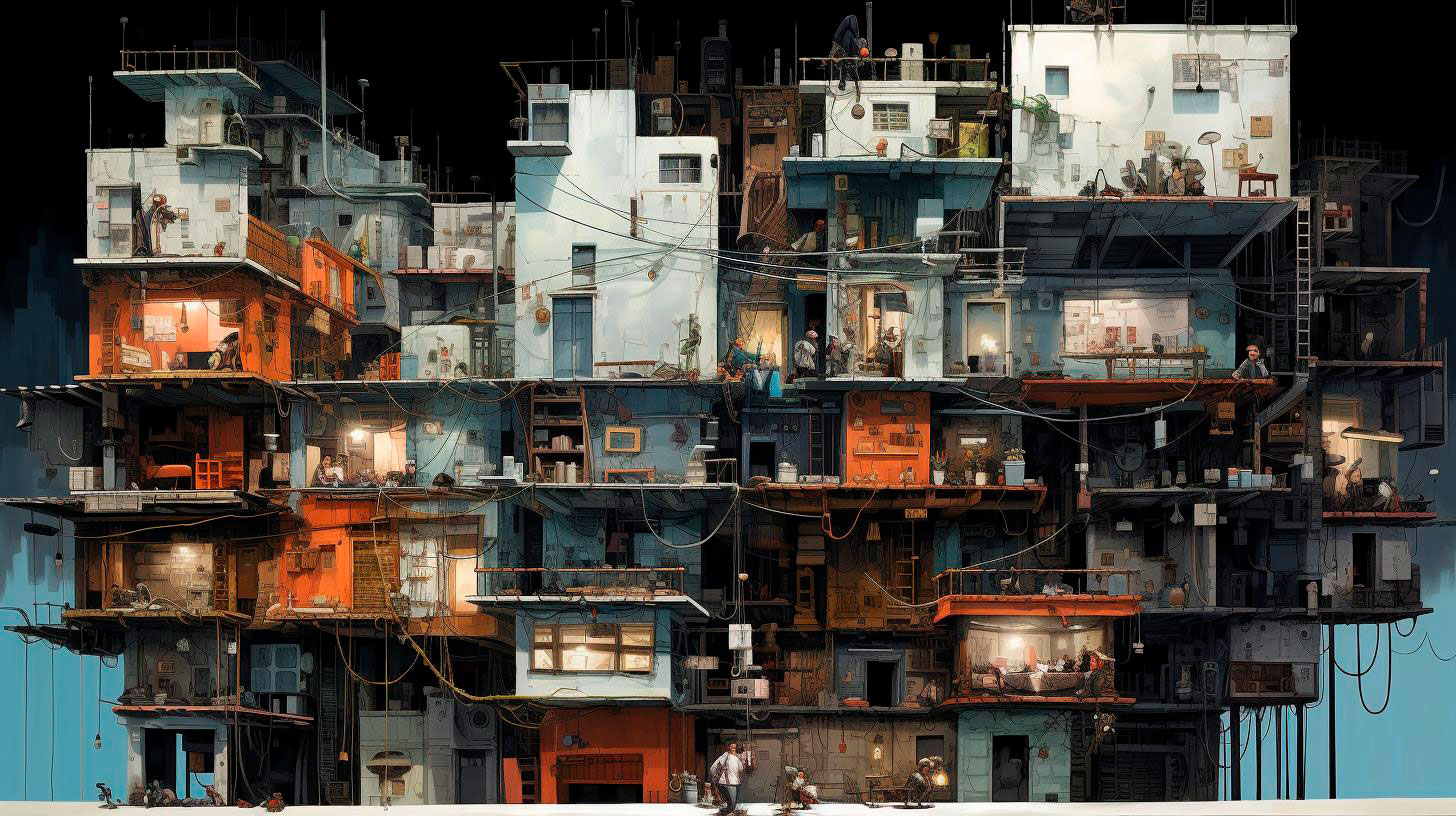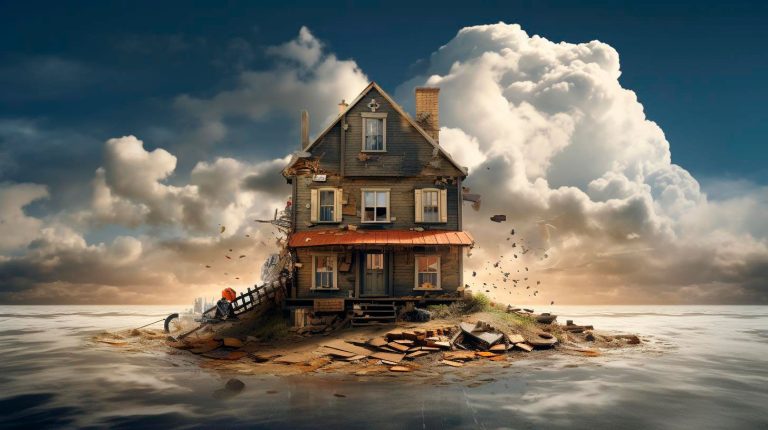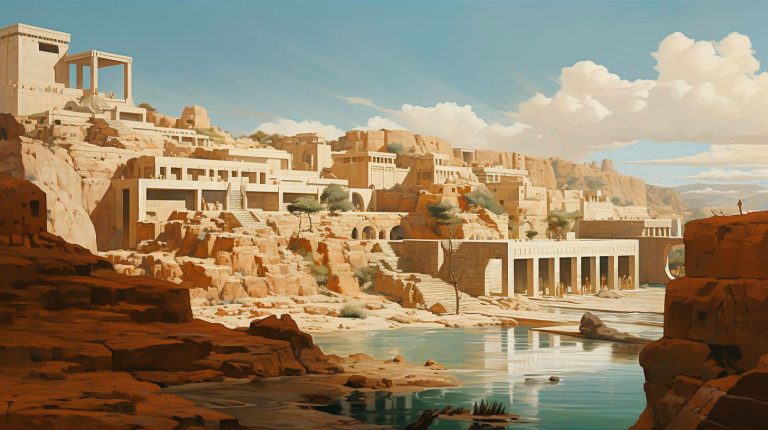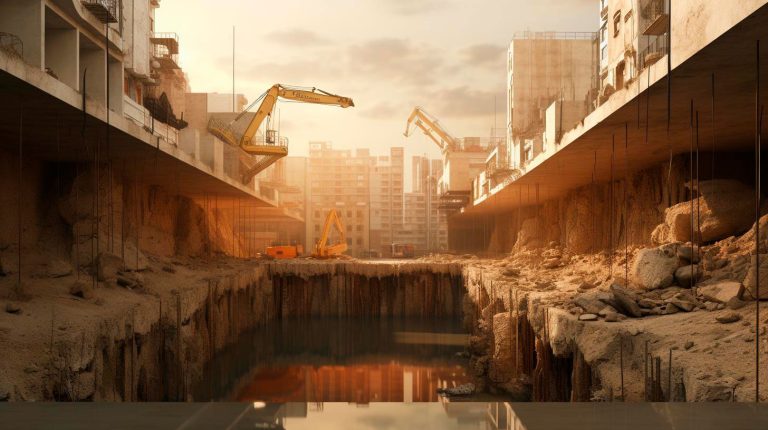However, in the digital age, the journey does not end with the click of a shutter. Post-processing is an essential step to elevate your wildlife photographs to a new level. In this article, we will explore the power of post-processing and how it can enhance the colors of your wildlife photographs.
The Importance of Colors
Colors play a crucial role in wildlife photography as they evoke emotions, set the mood, and help tell a story. Vibrant colors can make your wildlife subjects stand out, making them more visually appealing and captivating. However, capturing the true colors of wildlife in-camera can be challenging due to various factors such as lighting conditions, weather, and distance from the subject.
Post-processing offers a solution to overcome these challenges by allowing you to enhance the colors and bring out the natural beauty of your wildlife photographs. Let’s dive into some techniques and tools that can help you achieve stunning colors in your post-processed images:
White Balance Adjustment
White balance is the key to accurate color representation in your photographs. Adjusting the white balance in post-processing can ensure that the colors appear as they did in real life, or even enhance them for a more dramatic effect. Experiment with different white balance settings to find the one that best suits the mood and atmosphere you want to convey.
Saturation and Vibrance
Increasing the saturation and vibrance of specific colors can make them pop, creating a visually striking image. However, it’s important to strike a balance and avoid over-saturating the colors, as it can result in an unrealistic and artificial appearance. Carefully adjust these settings to maintain a natural yet enhanced color palette in your wildlife photographs.
Selective Color Editing
Fine-tuning the colors of specific elements within your wildlife photographs can add depth and interest to the image. Using selective color editing tools, such as masking or adjustment brushes, you can selectively enhance or mute certain colors, bringing attention to your subject or creating a harmonious color palette.
Contrast and Clarity
Enhancing contrast and clarity can further bring out the colors in your wildlife photographs. By increasing contrast, you can create a more dramatic and impactful image, while clarity adjustments can add sharpness and detail to the colors, making them more vibrant and engaging.
The Benefits of Post-Processing Wildlife Photographs
Post-processing wildlife photographs offers a plethora of benefits that can significantly enhance the final output. Here are some key advantages:
- Color Accuracy: Correcting the white balance and fine-tuning colors ensures that the images accurately represent the vibrant hues of the wildlife subject.
- Visual Impact: Enhancing colors adds a wow factor to your wildlife photographs, making them more visually striking and captivating to the viewer.
- Storytelling: Post-processing allows you to create a specific mood or atmosphere through colors, helping convey the story behind the wildlife photograph.
- Professional Touch: Post-processing gives your wildlife photographs a professional finish, showcasing your skills and artistic vision.
Key Takeaways
When it comes to wildlife photography, capturing the colors of the wild is essential to creating captivating and visually stunning images. Post-processing serves as a powerful tool to enhance the colors in your photographs, ensuring they accurately represent the vibrant beauty of the natural world. By adjusting the white balance, increasing saturation and vibrance, selectively editing colors, and refining contrast and clarity, you can elevate your wildlife photographs to new levels.
Remember, post-processing should be used to enhance and bring out the natural beauty of your wildlife subjects, rather than drastically altering them. Strive for a balance between realism and artistic interpretation, and let your creativity shine through.
Embrace the colors of the wild and unleash the true potential of your wildlife photographs through post-processing.
















+ There are no comments
Add yours